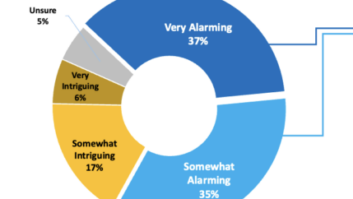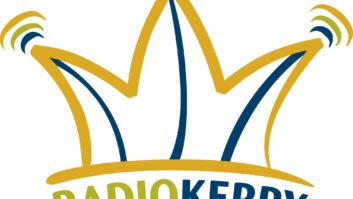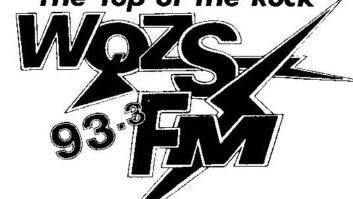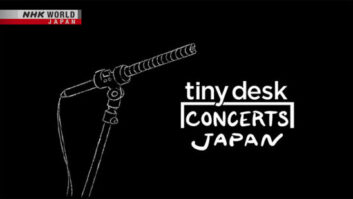FRESNO, Calif. KFCF is a community radio station in Fresno, Calif., that has been in existence for 34 years. Most programming originates with KPFA(FM) in Berkeley but we originate about 20 percent of our programming locally.
We realized that our existing audio board, a 30-year-old Autogram, wouldn’t last much longer; switches were failing, amplifier modules were becoming hard to repair and it had drifting audio levels.
I looked at our budget and saw we didn’t have a lot of money for this project so I began looking for something flexible that would handle analog and digital I/O and that was manufactured by a company with a good reputation for support.
Help
I sent out a plea to supporters for donated airline miles and registered at a hostel in Austin to attend the NAB Radio Show last September. With a budget of about $100 dollars for hostel, food and transportation, I went to the show and talked to a variety of vendors.

The author says good riddance to the rat’s nest that connected the old console. I saw a demo of the IP audio-based Logitek JetStream Mini and was impressed by what the engineers and salespeople showed me of this brand-new model.
Back in Fresno I talked to local engineers who worked with Logitek products and folks on the PubTech listserv, looking for complaints about technical support or equipment. Everyone seemed satisfied. One person even told me he’d gotten an almost immediate response from Logitek in the middle of a massive hurricane in Houston.
We ordered a JetStream Mini with a Remora control surface. The latter arrived first and I noticed that something was rattling around inside, so I opened it up and found a screw that had come loose during shipping and that the cue speaker had become unplugged. I plugged the cue speaker in and replaced the loose screw, and admired the design and layout of the inside.
The engine showed up shortly after that and I set it up on the “bench” in our lobby/studio. (Our lobby doubles as a studio, and we hang a sign on the door asking people to not knock, and use the back door while shows are on the air.) I hooked it up to a computer and began putting it through its paces.
We thus became the first installation of the JetStream Mini.
Bunny hunt
The JetStream Mini engine is just two rack units high and has a total of eight cards for I/O.
Each card has four RJ-45 jacks and can be either a digital or analog input or output card. The RJ-45 jacks are designed to use the StudioHub+ console wiring system. You plug in a Cat-5 cable and run it to the piece of equipment you need to attach, and put a StudioHub+ adapter on the end. The adapters come in a variety of flavors including pigtail, male and female XLR, RCA, and 1/4-inch TRS. Wiring equipment was a cinch with off-the-shelf Cat-5 cables and the StudioHub adapters.

The rear panel of the JetStream Mini I began working on tearing out the old audio console on Saturday morning and all of its wiring, including a serious session of evicting 12 years of dust bunnies in all the cabinets and pedestals.
I finished the cleaning and ripping out of old wiring about 4 p.m. that afternoon and decided it was time for a break and dinner. I came back in about 6 and worked until about 10 that night getting the Cat-5, remote start wiring and equipment all in place, along with the surface and the console.
I actually had the console operational in just a few hours, and even went “on the air” to test the console.
I had a problem and after two hours of banging my head looking for a wiring or JetStream problem, I decided the problem was on the other end, and drove over to the STL point and reset the ISDN, came back and everything was working.
Then I turned up the monitors in the control room and was blown away by how incredibly good the audio sounded. We were still using the same Crown D-75 amplifiers and Electro-Voice Sentry 100 speakers as before, and it was amazing how the bass punched, the highs sizzled and how tight it sounded.
I came in about noon on Sunday for a final cleanup and to do some final programming of the remote starts. We were on the air with local programming by 5 that afternoon. The engine is programmable, with any input being able to be assigned to any fader on the surface. We are working on adding additional features every week with the triggers and procedures available in software.
The engine and surface have exceeded our expectations and the dozens of volunteers have been comfortable with using it in a short period of time.
Rychard Withers is general manager and chief engineer for KFCF(FM) Fresno Free College Foundation.
For information, contact Logitek Electronic Systems at 610-642-2487 or visitwww.logitekaudio.com.












